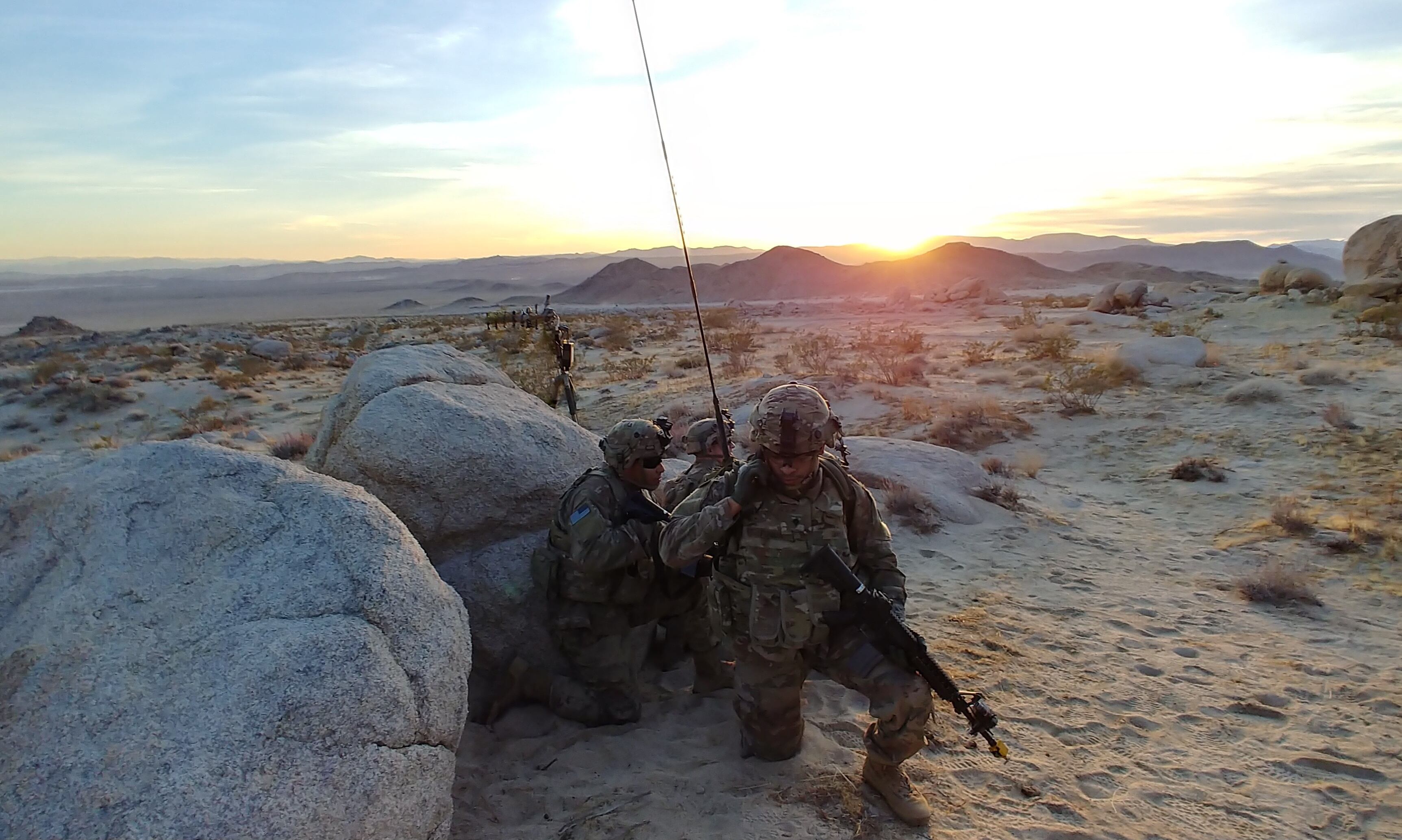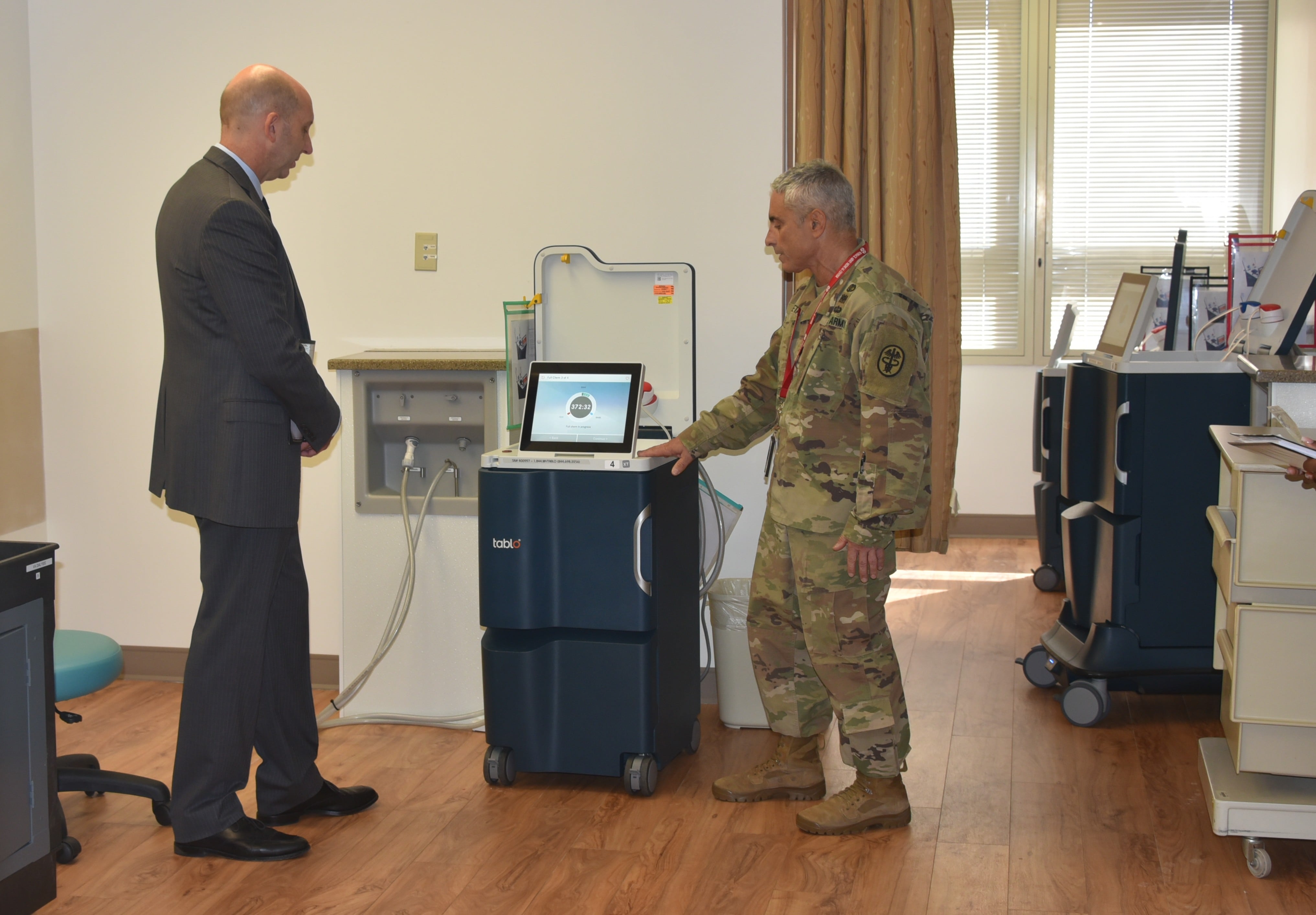The most common personnel shortages still plaguing the Army’s 31 active-duty brigade combat teams are cyber network defenders and electromagnetic spectrum managers, according to a Defense Department Inspector General report released this month.
Both careers are key to the increasingly technical missions the Pentagon anticipates undertaking over the next few decades.
The cyber network defender career field was manned at only 35 percent of authorized strength in fiscal 2018. That improved to 50 percent this fiscal year, but is projected to reach only 55 percent in 2020 and 62 percent in 2021.
A Stryker brigade commander and an infantry brigade commander told DoD IG officials that the shortages degrade their ability to secure networks from malicious attacks.
Meanwhile, the electromagnetic spectrum manager career field was manned at 78 percent of authorized strength in 2018, reached 85 percent in 2019 and is projected to hit 89 percent by 2021.
The shortage of electromagnetic spectrum managers “hindered the ability" of subordinate battalions to conduct voice or digital communications without infantry brigade combat team or division support, according to DoD IG officials.
“Although the operating strength has improved, electromagnetic spectrum managers remain on a get well plan in accordance with [Human Resources Command] guidance,” the DoD IG report reads.
Two other careers originally targeted under a “get well plan" — which typically includes retention and recruiting bonuses — have shown significant improvement in manning levels. Unmanned aircraft systems operators and military intelligence systems maintainers and integrators have been removed from the “get well plan" based on their projected improvements.
However, those jobs started off with higher manning levels.
RELATED

Unmanned aircraft systems operators faced an operating strength of 84 percent in 2018. That rose to 93 percent of authorized strength as of 2019 and is projected to reach 100 percent by 2021.
The shortage of unmanned aircraft systems operators was noted among two infantry brigades, four armored brigades and three Stryker brigades, which negatively impacted recent combat operations in Iraq and Syria.
“For example, an SBCT Commander reported that shortages of unmanned aircraft systems operators inhibited the SBCT’s ability to fly unmanned aircraft systems and conduct intelligence, surveillance and reconnaissance collection for its Operation Inherent Resolve deployment,” the DoD IG report reads.
Military intelligence systems maintainers and integrators were at 69 percent of their authorized strength in 2018. The occupation reached 85 percent manning in 2019, but is projected to reach 91 percent in 2020 and 97 percent in 2021.
The progress made in filling out those careers matches the Army’s overall increase in readiness, which was a priority pushed by former Army Chief of Staff Gen. Mark A. Milley.
During his tenure, the service hit its objective to have 66 percent of active component brigade combat teams report the highest readiness levels for seven consecutive quarters beginning in the first quarter of calendar year 2018, and continuing through the third quarter of 2019.
The Army has been struggling to meet its recruiting goals over the past few years, due in large part to the healthy economy that precludes some would-be enlistees from signing up, according to senior leaders.
The service did manage to reach its goal of recruiting 68,000 active-duty soldiers in fiscal 2019, but that was itself a slowdown from the roughly 70,000 soldiers recruited last year — when the service was actually aiming to recruit 76,500 troops but missed the mark.
But massive numbers like those can sometimes hide shortfalls in critical areas, as this latest DoD IG report highlights.
Kyle Rempfer was an editor and reporter who has covered combat operations, criminal cases, foreign military assistance and training accidents. Before entering journalism, Kyle served in U.S. Air Force Special Tactics and deployed in 2014 to Paktika Province, Afghanistan, and Baghdad, Iraq.





